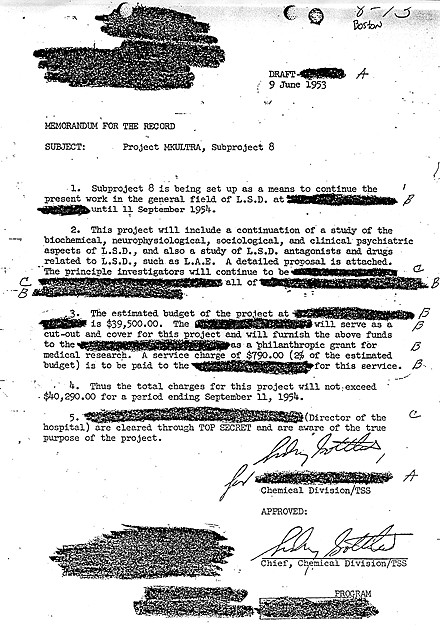 |
| Nothing to see here, move along |
I spent most of the last while working on [REDACTED], and after some few setbacks and, ahem, learning experiences, it's done and I'm tolerably pleased with the result. Don't worry, I took a bunch of photos and you'll get to hear all about it later, if without the piquancy of my in-the-moment emo.
I have now turned my attention to the linen kirtle I cut out last summer and, like an idiot, was trying to finish at Pennsic, which I want to have done for Quest (which is Memorial Day weekend). And now that I've hauled it out and started really looking at it instead of just robotically executing "here are the pieces, sew the thing", I have a couple of concerns. The minor one is easily resolved, at least once there's someone over who can pin me in: the front neckline is wayyyyyy too high. Like, almost no drop from the shoulder. I'm not sure how that happened, but it did; but I don't want to try and amend it freehand, but I can assemble the rest of the thing, leave the neckline unfinished, and then have someone mark it on me. (The back, at least, seems to be in the right place, so I can even close it up to the shoulder seams.)
Somewhat more concerning is that the center fronts are quite curved. Now, this is perfectly normal for my 14th century stuff; but my understanding of the 16th century is that we're all about the straight lines because we have support happening inside the garment layers[1] and that's going to force your shaping so your pieces can be more cookie-cutter. Certainly all the example pieces and published patterns have straight fronts, so I think this is Not Right, particularly for a working-class dress. On the gripping hand, what I need is a passable light linen dress comfortable for the Cambodian summers we've been suffering, so a) does it really matter for this garment since it's not a show piece and b) do I have time to get consultation/help with amending it and c) is it even something that can be amended at this point?
 |
| Um? |
It is possible that the answer to all three of those questions is a big whompin' No.
But to keep my options open as long as possible, I'm going to finish the skirt and attach it (I'm OK with where the bottom of the bodice is hitting) and by that time I'll have a sense of whether I'll be able to tap someone to have a look at it (the usual sewing night this week is prorogued for a birthday celebration). Or I can start training the dashing consort on how to pin someone in--though when I consider how long it took me to get the knack of it, this may not be helpful for the current undertaking.
Other minor nits that have occurred to me:
- I had originally planned to bind the neckline with a contrasting linen, but I'm not sure whether this would be appropriate for a working-class under-dress. On the other hand, I'm mostly going to wear it alone, so a wee bit of ornamentation would not go amiss. I can't find period guidance either way.
- do I need a strengthening strip around the skirt waist like we do for cartridge pleating (I think maybe not, because again, working class basic?);
- a facing for the center front to strengthen the lacing holes would be smart[2];
- the Tudor Tailor says to self-bind the armholes, rather than other finishing techniques, and I'm wondering why;
- I really need to make a shift with a more U-shaped neckline for this late period stuff and also maybe my shifts should be a little longer (a lot of them are barely knee-length)
Of course, after all this, it'll probably be one of the years where Quest is 40 degrees at night and pleasant during the day. So I'm hedging my bets by finishing the refurbs on at least one pair of my consort's wool Venetians, too.
The Trello board I mentioned in my last post continues to work well; so well, in fact, that it was proposed to me that I could teach a class in Agile Project Management Techniques As Applied to Your A&S Work. Do we think this would be a useful / valuable thing? Would it play in Peoria?
In other news, I am engaged in a Kafkaesque struggle to understand what the East Kingdom actually expects of you reporting-wise after you have held an event. The only thing I've learned is that 1) everyone has a different idea--and I asked some experts, I can tell you--and thus 2) no one really knows for sure. So I have started to document what I've found, because this is silly. (I still, after two weeks, do not have an answer of where I'm supposed to send our duly-collected waivers--you know, the ones you're supposed to turn in within ten days.) Hey, guys? This kind of disorganization is why more people don't throw events.
[2] this is, in fact, what suddenly caused me to go HEY FRONT NOT STRAIGHT WHYYYY
No comments:
Post a Comment